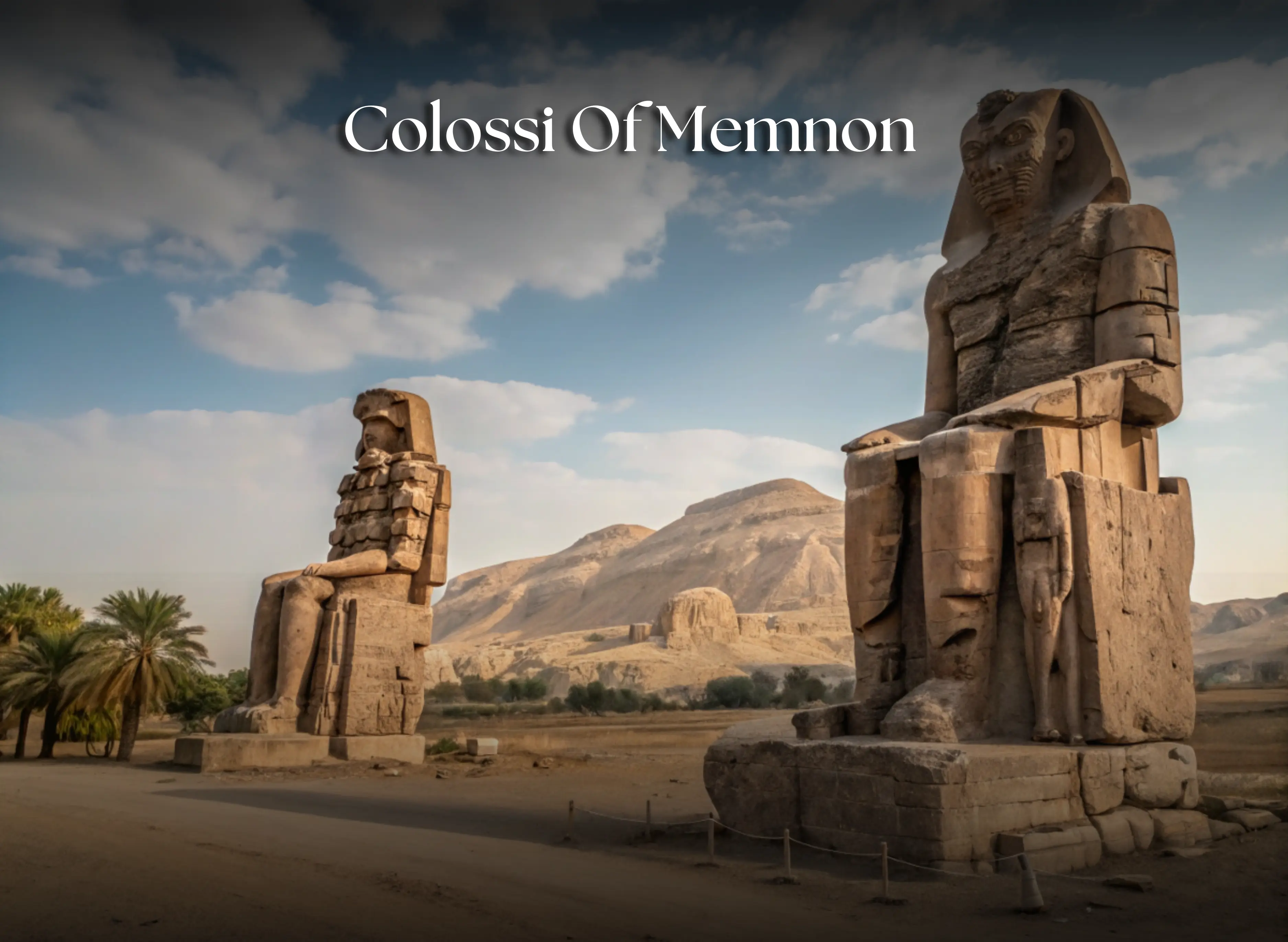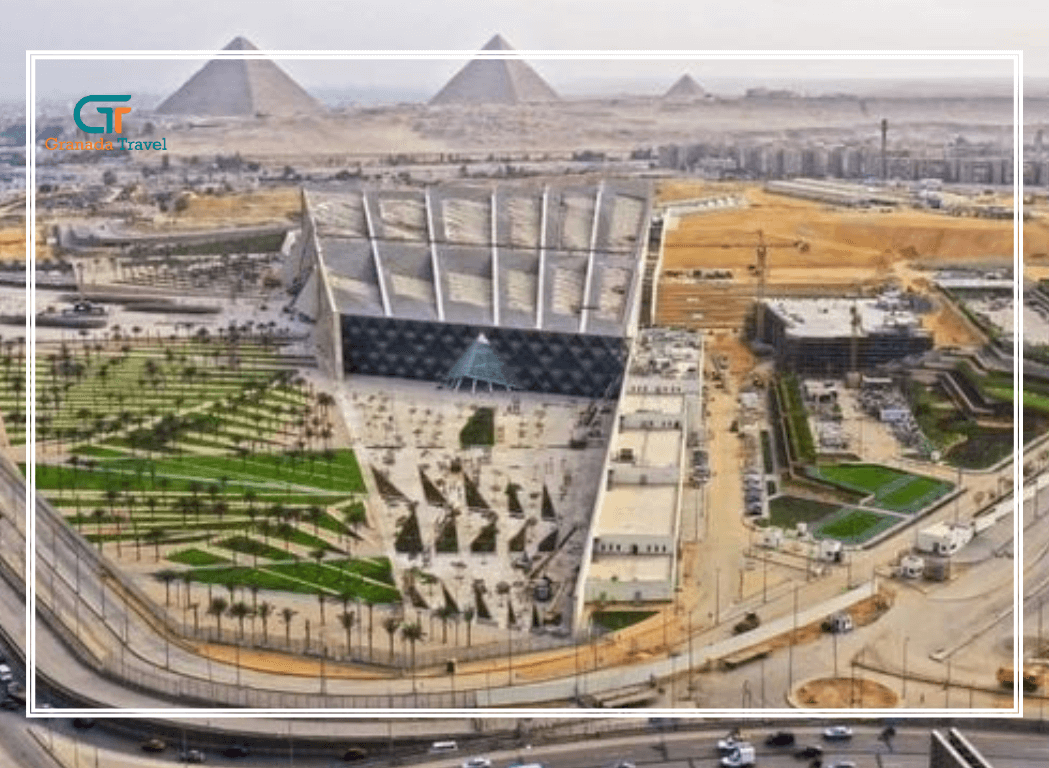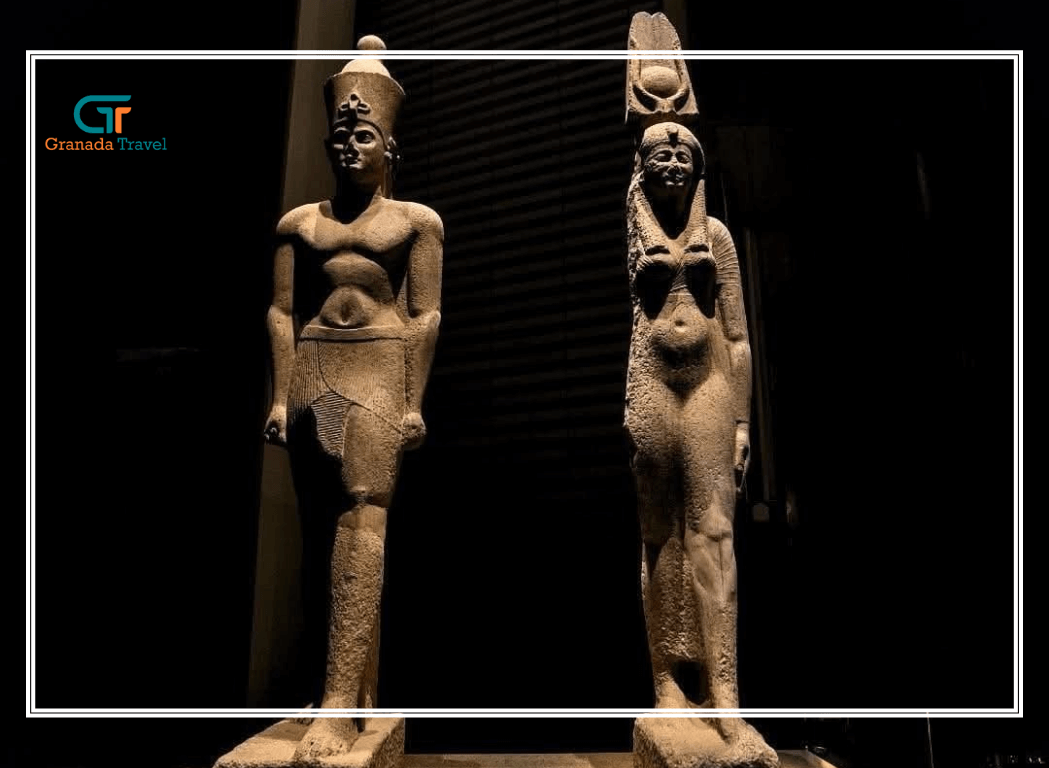
The Colossi of Memnon: Ancient Guardians of Luxor, Egypt
The Colossi of Memnon stand as timeless sentinels on the west bank of the Nile River, captivating visitors with their monumental presence and enigmatic history. These twin statues, located in Luxor, Egypt, are among the most iconic landmarks of ancient Egyptian civilization. Known for their sheer scale and historical significance, the Colossi of Memnon are a must-visit for anyone exploring the treasures of the Theban Necropolis. In this blog, we delve into the fascinating story of the Colossi of Memnon, uncovering Colossi of Memnon facts, their location, construction, and tips for capturing stunning Colossi of Memnon photos.
What is the Colossi of Memnon?
The Colossi of Memnon are two massive stone statues depicting Pharaoh Amenhotep III, who reigned during Egypt’s 18th Dynasty, around 1350 BCE. These colossal figures, each standing approximately 18 metres tall and weighing around 720 tons, were carved from single blocks of quartzite sandstone. They were originally positioned to guard the entrance to Amenhotep III’s mortuary temple, a grand complex that has largely succumbed to the ravages of time and the annual flooding of the Nile.
The name “Colossi of Memnon” derives from Greek mythology, as early Greek visitors associated the statues with Memnon, a mythical hero of the Trojan War. This connection arose due to a peculiar phenomenon: one of the statues was said to emit a haunting sound at dawn, likened to a musical note or a wail. This “singing” statue, damaged by an earthquake in 27 BCE, drew curious travellers in antiquity, including Roman emperors, until repairs in the 3rd century CE silenced it forever.
For those wondering what is the Colossi of Memnon, they are not just statues but enduring symbols of ancient Egyptian artistry, power, and spirituality, standing proudly in Luxor, Egypt.
Where is the Colossi of Memnon Located?
The Colossi of Memnon are situated on the west bank of the Nile River, near the city of Luxor, Egypt, in the heart of the Theban Necropolis. This area is renowned for its concentration of ancient monuments, including the Karnak Temple, Luxor Temple, and Queen Hatshepsut Temple. The statues are easily accessible, located just a short drive from Luxor’s city centre, making them a convenient stop for tourists exploring the region’s archaeological wonders.
Their strategic position near the Nile underscores their historical role as guardians of Amenhotep III’s mortuary temple, which once rivalled the grandeur of nearby temples. Today, the Colossi of Memnon remains one of the most striking features of the Theban landscape, drawing visitors from around the world to marvel at their imposing size and historical significance.
When Was the Colossi of Memnon Built?
The Colossi of Memnon were constructed around 1350 BCE during the reign of Pharaoh Amenhotep III, a period often regarded as the zenith of ancient Egyptian prosperity and artistic achievement. Crafted from quartzite sourced from quarries near modern-day Cairo or Aswan, the statues were transported over 600 kilometres to their current location, a remarkable feat of engineering for the time.
The statues were part of a larger mortuary temple complex dedicated to Amenhotep III, designed to honour his legacy and ensure his eternal worship. While the temple itself has mostly disappeared, the Colossi of Memnon have endured, standing as testament to the skill and ambition of ancient Egyptian architects. For those curious about when was the Colossi of Memnon built, this places their construction firmly in the New Kingdom period, a time of unparalleled wealth and cultural flourishing in Luxor, Egypt.
Fascinating Colossi of Memnon Facts
The Colossi of Memnon are steeped in intriguing history and lore. Here are some compelling Colossi of Memnon facts to enrich your understanding:
- The Singing Statue: After an earthquake in 27 BCE, the northern statue began producing a mysterious sound at sunrise, likely due to air passing through cracks in the stone as it warmed. This phenomenon attracted ancient tourists, including the Roman Emperor Hadrian, until repairs by Emperor Septimius Severus in 199 CE silenced it.
- Monumental Scale: Each statue is carved from a single block of quartzite, standing 18 metres tall and weighing approximately 720 tons. Their size reflects the grandeur of Amenhotep III’s reign.
- Artistic Detail: Despite erosion over millennia, traces of intricate carvings remain, including depictions of the pharaoh’s mother, wife, and the god Hapi, symbolising the Nile’s fertility.
- Mythological Connection: The Greeks named the statues after Memnon, a mythical Ethiopian king and son of Eos, the dawn goddess, due to the “singing” phenomenon linking the statue to the dawn.
- Archaeological Significance: The statues are part of the broader Theban Necropolis, a UNESCO World Heritage Site, which includes treasures like the Queen Hatshepsut Temple and the Valley of the Kings.
These facts highlight why the Colossi of Memnon Egypt continue to captivate historians, archaeologists, and travellers alike.
Capturing Stunning Colossi of Memnon Photos
For photographers, the Colossi of Memnon offer a spectacular subject, especially during the golden hours of sunrise and sunset when the statues are bathed in warm light. Here are some tips for capturing breathtaking Colossi of Memnon photos:
- Timing is Key: Visit early in the morning to avoid crowds and capture the soft, golden light that enhances the statues’ texture and grandeur.
- Wide-Angle Lenses: Use a wide-angle lens to capture the full scale of the statues against the backdrop of the Theban hills or the Nile.
- Creative Angles: Experiment with low-angle shots to emphasise the statues’ towering presence or include nearby palm trees for a sense of place.
- Contextual Shots: Frame the Colossi of Memnon Luxor Egypt with elements of the surrounding landscape, such as the agricultural fields or distant temples, to tell a story of their environment.
- Avoid Overcrowding: As a popular stop, the site can get busy. Arrive early or use editing tools to remove distractions for cleaner compositions.
Sharing your Colossi of Memnon photos on social media with hashtags like #ColossiOfMemnon or #LuxorEgypt can connect you with a global community of travel enthusiasts.
Exploring the Colossi of Memnon in Luxor, Egypt
A visit to the Colossi of Memnon is best combined with other attractions in Luxor, Egypt. The statues are a gateway to the Theban Necropolis, where you can explore the architectural marvels of the Karnak Temple and Luxor Temple on the east bank, or the stunning Queen Hatshepsut Temple on the west bank. Each site offers a unique glimpse into ancient Egypt’s religious and cultural heritage.
The Colossi of Memnon are free to visit, with no entrance fee, making them an accessible highlight for budget travellers. The site is open from sunrise to sunset, and a quick stop (typically 20–30 minutes) is sufficient to appreciate the statues and take photos. Guided tours often include the Colossi as part of a broader west bank itinerary, providing context about their historical and cultural significance.
For a deeper experience, consider hiring a local guide who can share lesser-known Colossi of Memnon facts and stories, such as the statues’ connection to ancient Greek travellers or their role in Amenhotep III’s legacy. Pair your visit with a hot air balloon ride over Luxor at dawn for a bird’s-eye view of the statues and surrounding monuments.
The Enduring Legacy of the Colossi of Memnon
The Colossi of Memnon are more than just statues; they are enduring symbols of ancient Egypt’s grandeur and ingenuity. Despite the passage of over 3,000 years, these giants continue to stand watch over the Nile, inviting travellers to ponder the mysteries of a lost era. Their connection to the Theban Necropolis and proximity to iconic sites like the Karnak Temple, Luxor Temple, and Queen Hatshepsut Temple make them an essential stop on any Luxor, Egypt itinerary.
Whether you’re drawn by the allure of capturing Colossi of Memnon photos, uncovering Colossi of Memnon facts, or simply standing in awe of their monumental scale, these statues offer a profound connection to Egypt’s past. As you plan your visit to Luxor, Egypt, let the Colossi of Memnon inspire you to explore the rich tapestry of history woven into this ancient land.
[cta-actions]
To experience The Colossi of Memnon and other ancient wonders up close, check out our East and West Bank Luxor Tour.





